When and how to properly plant and grow saintbrinks in the open field
Sentyabrinki are flowers that create coziness with their discreet, calm beauty. An unpretentious plant, but to get a riot of the last colors of summer, a novice florist will need knowledge of the rules for planting and caring for perennials.
Short description
A perennial shrub plant of the Asteraceae family, with a well-developed root system and a low stem, the saintbrinka blooms only in the year following planting. Immediately after moving to open ground, only strong, developed plants bloom. To do this, you will need to make several mineral dressings and provide the bushes with a sufficient amount of moisture.
Interesting fact
It is generally accepted that the flowers of the saintbrinka are lilac. In fact, different species have completely different color, but you can get it only by growing from seeds.
The height of the bush is up to 400 mm, the leaves are carved, rich in color, from 100 mm in size. Small flowers, about 20 mm each, form lush inflorescences, up to 40 mm in size, and are colored in different tones of lilac: from purple and lilac to white. A sprawling beauty needs space: there should be no neighbors at least 20 cm in diameter.
Sentyabrinsky are frost-resistant and can withstand up to -5 ° C and the first snow. They decorate the garden in the winter, postponing the day when the site becomes monotonous and expressionless.
Reproduction technique
Seed dispersal is theoretically possible. It allows you to get new varieties and shades, but this is painstaking work. Therefore, in most cases, saintbrinks are propagated by dividing the bush. Also, the plant is capable of propagating by cuttings, but, like seed, this method is labor-intensive and more suitable for professional breeders.
If you have the opportunity to buy or ask your neighbors for a bush of a new sort of Sentbrink with a bright, unusual color of flowers, it is better to propagate such bushes in the future in the most productive and easy way - by dividing the root system.
Operating procedure:
- All manipulations are performed immediately before planting flowers in open ground in order to preserve the freshness of the rhizome.
- We carefully dig out a strong and mature Stenbrinka bush, by all means keeping the root system intact. To do this, it is better to water the flowers well: it is easier to get the plant out of moist soil.
- We remove the remnants of the soil and water the mother bush well with a warm solution of manganese, removing possible spores of fungi or pest larvae.
- With a sharp knife or shears with narrow knives, carefully divide the rhizome into several parts. Each seedling should have at least 2-3 good, intact buds.
- We treat the cuts with a strong solution of manganese and sprinkle with wood ash.
If we buy seedlings in a store, we check the root system and all surfaces for mechanical damage and signs of traces of diseases or pests. The rhizome should not be dry or sluggish. Only juicy and resilient roots are able to provide sufficient nutrition to the stem for the growth and development of foliage and flowers.
Several tips for planting and growing
Non-picky about the growing conditions and the place of planting, saintbrinks still require optimal conditions for abundant flowering. If we want to get a beautiful, strong bush with carved foliage and fluffy flowers, we have to follow a few rules.
Soil and planting time
An ideal medium for Sentbrinks - light structure and neutral acidity.Bushes can grow on clay soil, but the flowers will be rare, and the colors will be faded and washed out. The acidic soil also weakens the roots and also dangerously increases the risk of gray mold. The acidity problem is solved by liming and adding wood ash. Finally, the bushes do not react well to moisture stagnation near the root system, therefore, if there is such a problem, it will be necessary to increase the drainage layer in the planting holes.
For planting, it is recommended to use two seasons, each of which has its own advantages and disadvantages:
- In the spring, with steady heat (in the middle lane - this is the middle or end of May, for the southern regions - April). The plant will be able to take root, begin to develop and approach the first wintering strong and grown up. But if a strong heat breaks out immediately after settling in the flower garden, the bushes may die.
- Autumn. The plant does not have time to fully root, severe frosts will be difficult for them to endure. But overwintered saintbrinks will quickly move away from hibernation and delight the owners with a beautiful green border of foliage and bright flowers.
Advice
The hot climate of the south makes autumn plantings attractive, while May is preferable for the central regions.
Planting in a flower garden
The work is carried out in several stages:
- The day before, we prepare the soil from turf and humus mixed in equal proportions. We add ready-made complex mineral fertilizer.
- In the area chosen for the flowers, we dig holes deep into the bayonet of the shovel. We maintain the distance between seedlings 400-500 mm, for low-growing varieties we reduce the gap to 250 mm.
- At the bottom of the hole we put a layer of broken brick or expanded clay and completely fill it with prepared soil.
- The bulk soil is loose, so with our hand we select a little soil from the hole and lay the seedling. Then carefully cover it with soil and water it well.
- After feeding the moisture, we compact the soil around the seedling and fill in a layer of mulch.
Important
We recommend planting saintbrinks in a small group, fencing them with a border from other flowers. During the heat, the plants simply suck out moisture from the entire surrounding area.
Tips from experienced florists for the care of Octobrins
These recommendations are very simple and will not require much time from the gardener, but they should be followed responsibly and without fail:
- Nothing stimulates the growth and development of perennial sessymbrins like periodic, at least once every 3-4 years, complete rotation of plants. To do this, during the growing season and flowering, we select strong bushes with beautiful flowers, carefully dig up in autumn and divide them into daughter plants. We remove all other bushes completely and plant a new group of septenchins on the prepared area;
- flowers can easily withstand short breaks in moisture even in severe drought and high temperatures, but for normal development during such periods it is better to increase the number of waterings and make them abundant. For irrigation, we take only heated water from the tank, cold water oppresses and weakens the flowers;
- to admire budding in the first year after planting will allow feeding with mineral and organic fertilizers at least 3-4 times during the summer period. At this time, a sufficient amount of phosphorus-potassium fertilizers, which are fed under the root, is of primary importance. They can be alternated with boric acid, manganese in the form of foliar feeding. In the spring, we add organic matter or nitrogen fertilizers to the first top dressing;
- Sentbrinks love constantly loose soil, so after each watering we add a layer of mulch under the bushes themselves, loosen the soil in the aisle. It is not recommended to wield a hoe directly near the roots;
- adult plants will need to be pruned 2 times a year. In the spring, we remove the shoots damaged by frost and thin out the bush. In the fall, we remove weak and non-developing processes. We also thin out the crown of the bush, it should not be allowed to grow strongly. Dense thickets make the plant weakened with small flowers;
- young seedlings in the first winter must be covered with a layer of peat or fallen leaves. Adult Sentbrinks are not afraid of frost;
- the plant is immune to almost all diseases. Powdery mildew is the only disease that can affect Sentbrinks. At the first manifestations of a whitish bloom on the foliage, we immediately treat the bushes with any fungicides or simply make a solution of copper sulfate and treat all surfaces of the leaves and trunk with it. The spores of this fungus can be carried in with the soil or even on the hands, therefore it is easier to perform several preventive treatments of the bushes with a solution of copper sulfate, than then to fight the developed disease on all flowers and garden plants.
Anyone who has ever seen lilac flowers, covered with the first snow, will certainly plant unpretentious and frost-resistant santrinks on their site. The plant does not require a lot of time for planting and caring for it, but a green border of foliage throughout the summer and beautifully flowering bushes before the first snowfalls and severe frosts will add charm and cozy beauty to the color scheme of the garden.
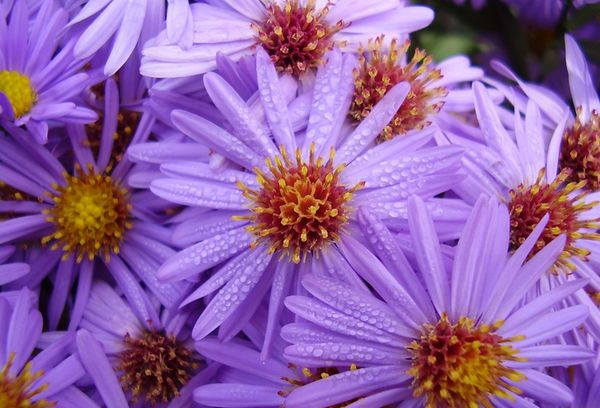


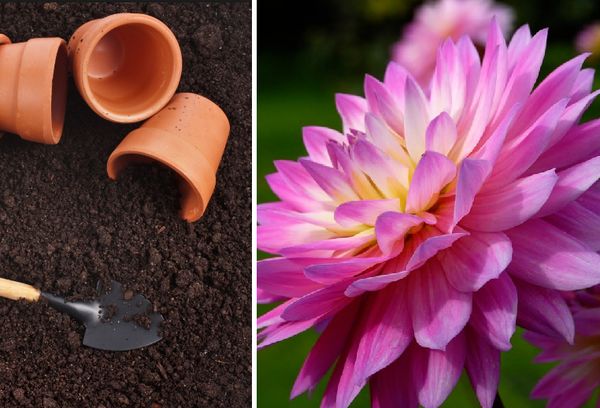
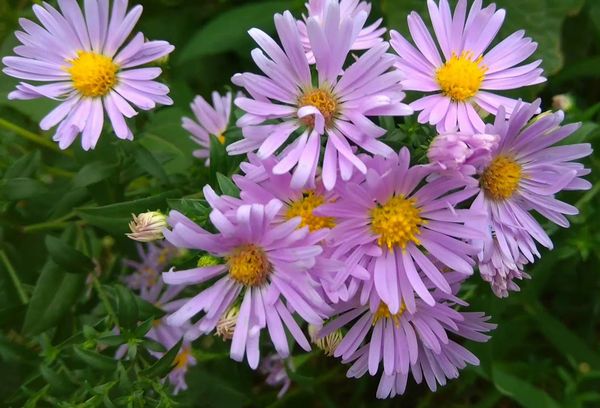



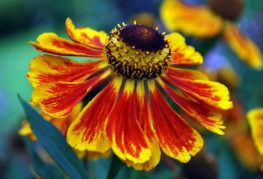


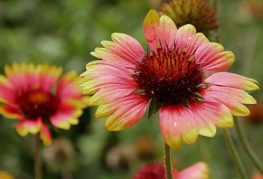
and will be published shortly.